Secondary Electron (SE) Energy Spectroscopy in the Scanning Electron Microscope (SEM) is still an actively developing field over 50 years after its introduction.
The NUS Engineering Science Programme and E6NanoFab conducted a 2-day workshop from 6 to 7 June 2019 which gathered experts of various disciplines such as material scientists, applied physicists, SEM instrumentation specialists and manufacturers in the industry. The objective of the workshop was to address and bridge the over specialised disciplinary gaps that have so far prevented the development of SE energy spectroscopy in the SEM. Prof Aaron Thean, Director of E6NanoFab delivered a welcome speech and kicked-off the 2-day programme.
The workshop was chaired and conducted by Prof Anjam Khursheed, Director of the NUS Engineering Science Programme and Cluster Lead of E6NanoFab Metrology Lab. He is also a member of staff in the Electrical and Computer Engineering Department.
 |  |
Recent research indicates the potential of SE Energy Spectroscopy as another powerful quantitative electron spectroscopy tool for material science research, similar to the well-known Surface Science techniques of X-ray photoelectron spectroscopy (XPS) or Auger Electron Spectroscopy (AES).
There are naturally many questions that need to be answered.
In what way does the High Vacuum (HV) in a SEM specimen chamber limit the kind of material information that can be captured? Which is the best electron energy spectrometer design for capturing the SE spectrum?
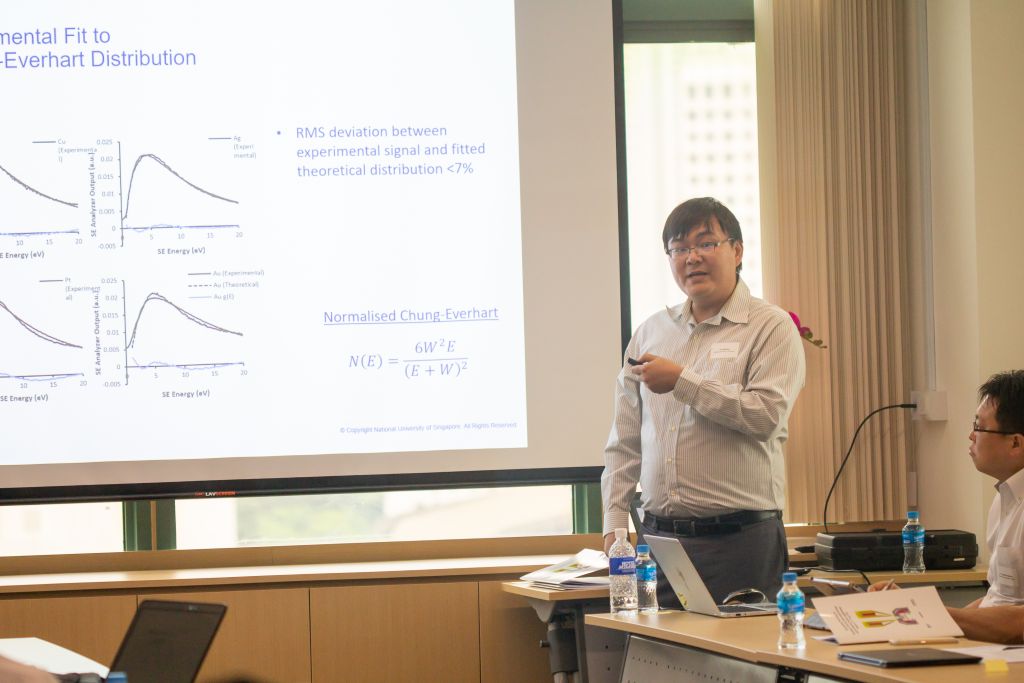

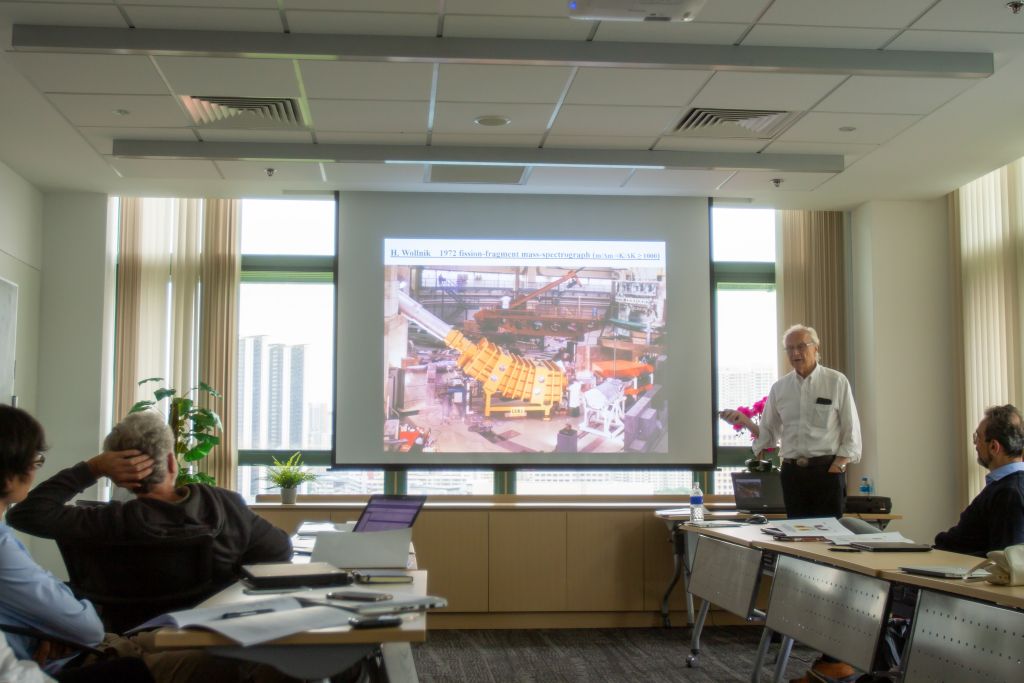
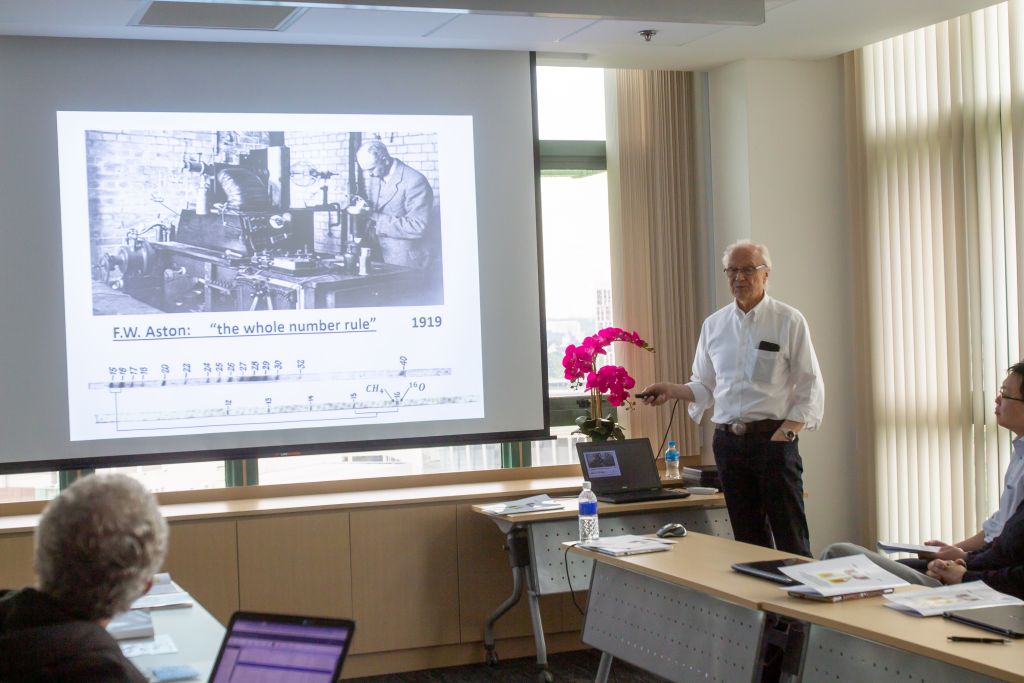
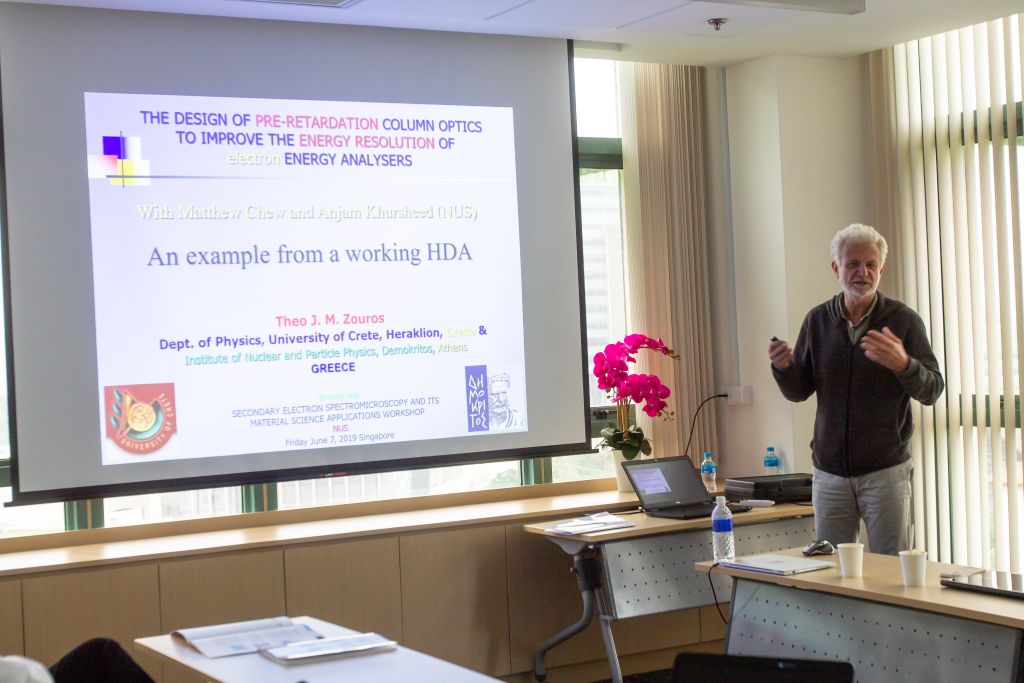
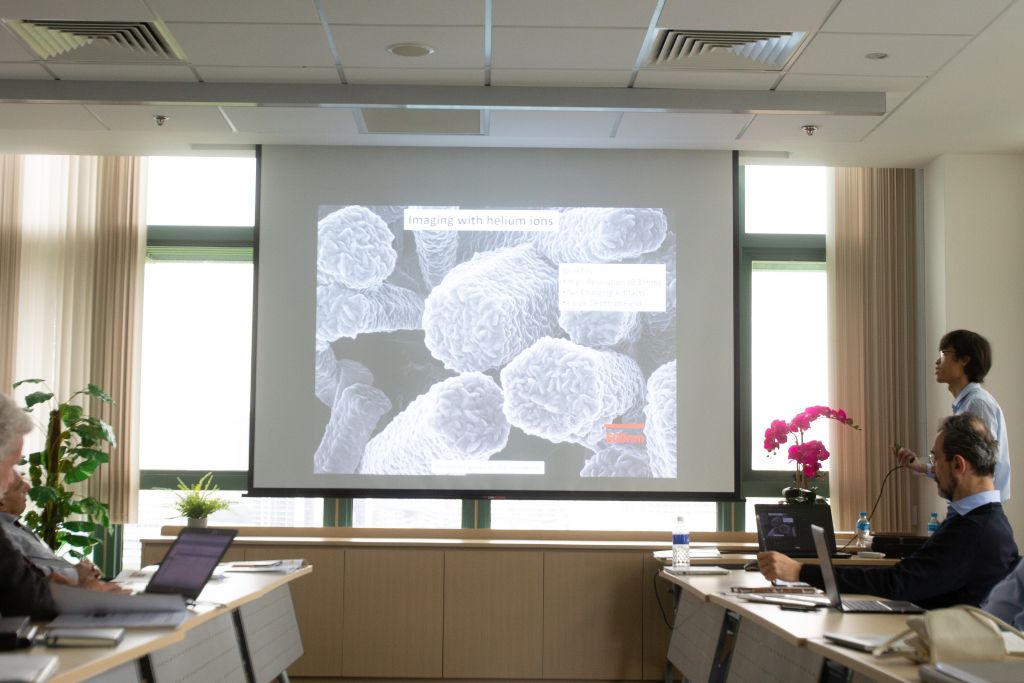
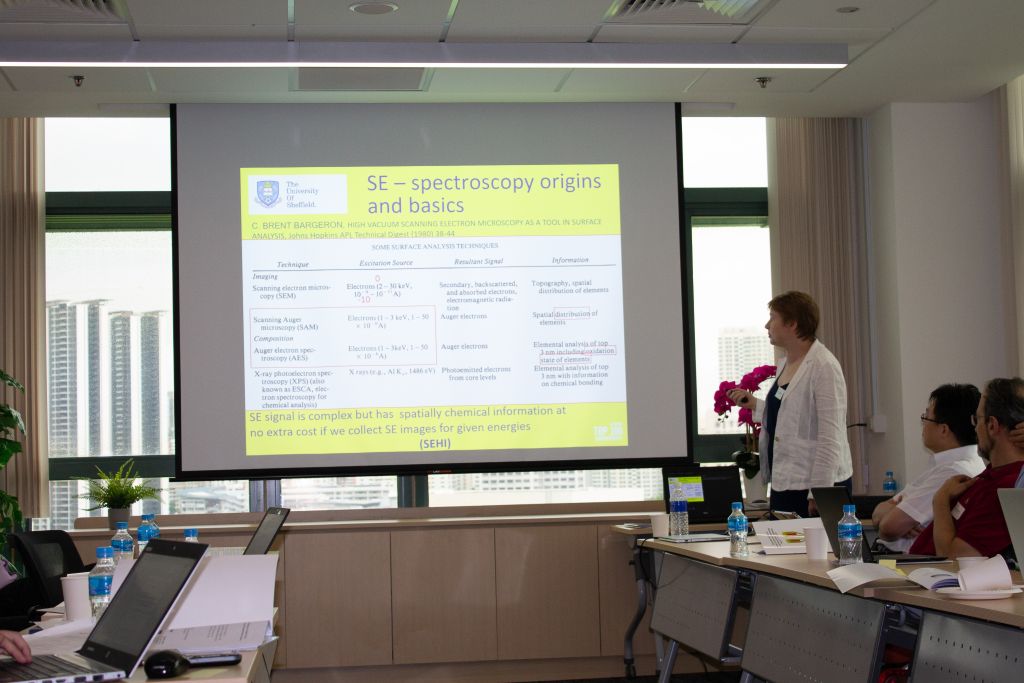
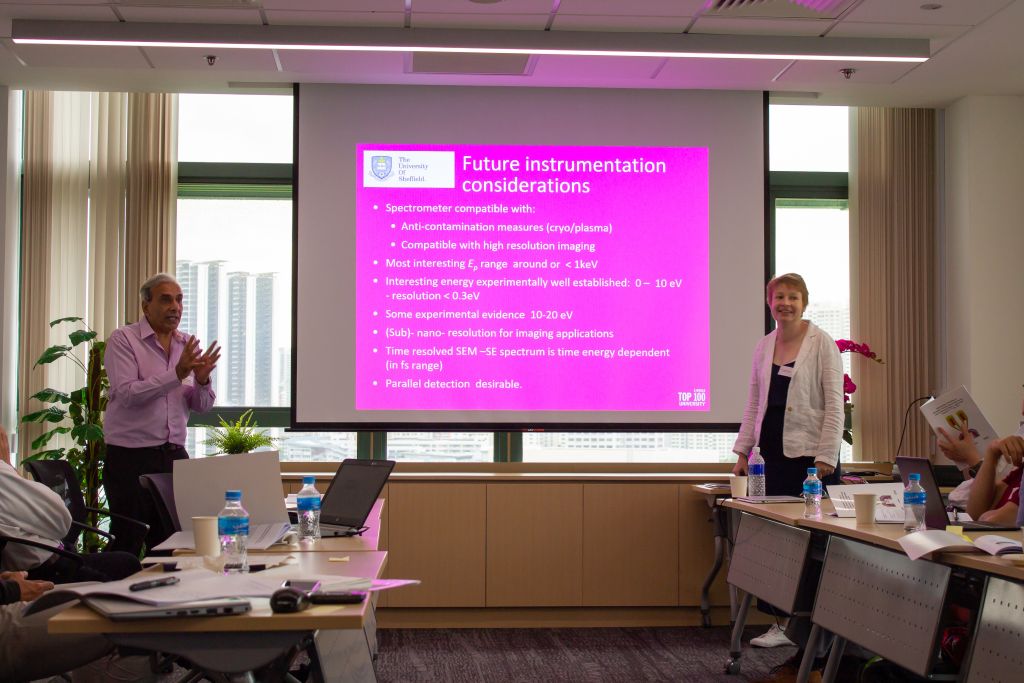
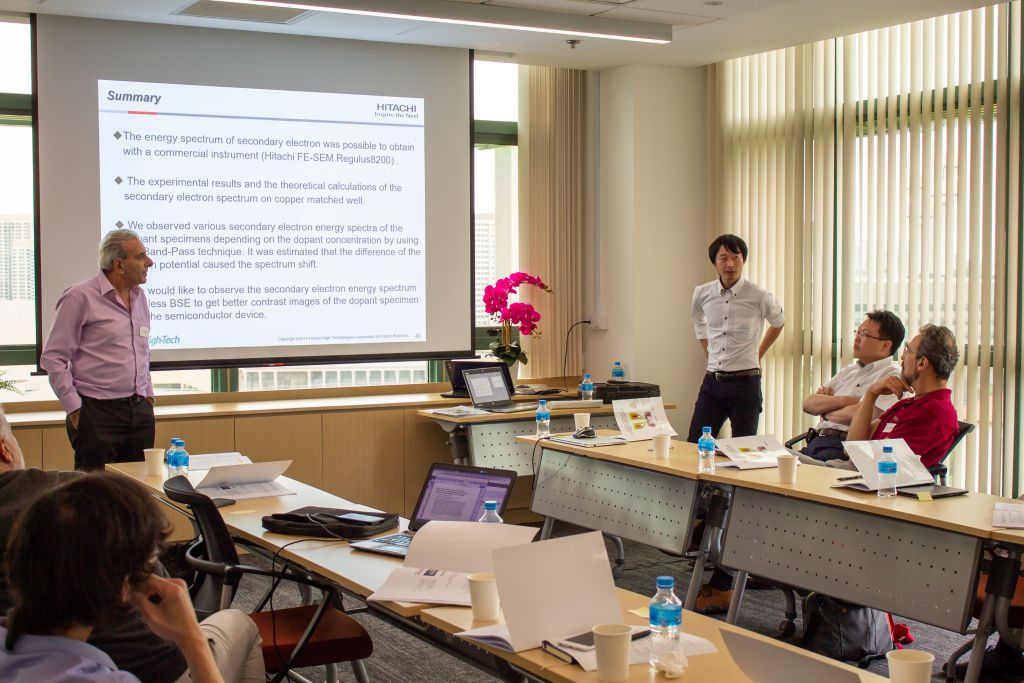

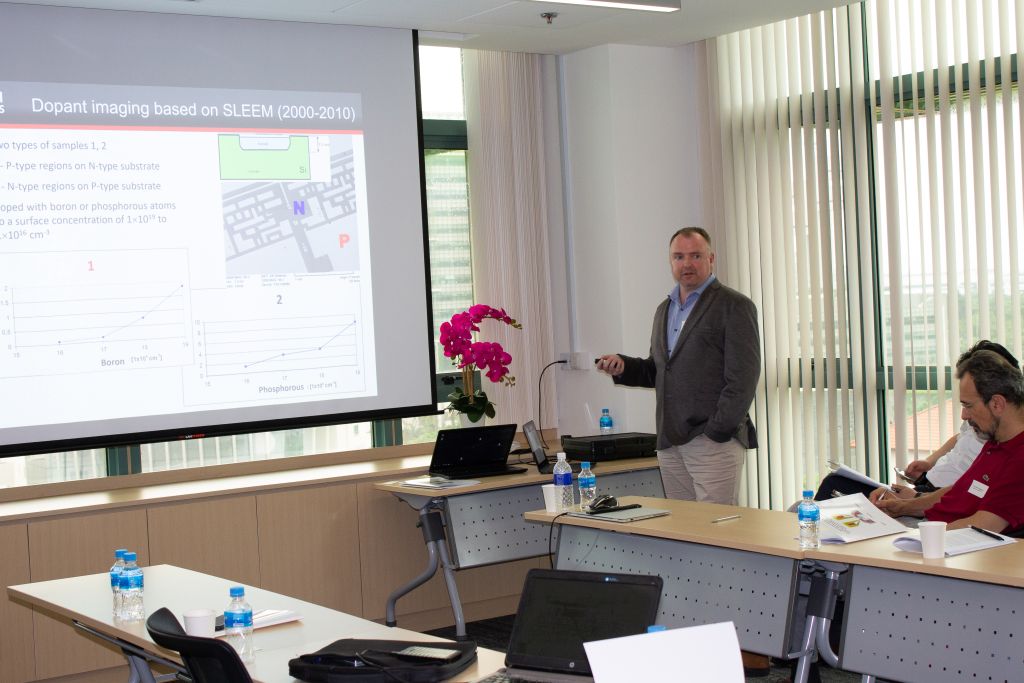
Can SE energy spectrometers be designed for different types of SEM objective lenses? Can the SE energy spectra be simulated with reliability? What kind of applications in material science are best suited for SE electron energy spectroscopy? What is the effect of surface ad-layers such as native oxide or electron beam induced contamination? Are there advantages in combining SE energy spectroscopy with other SEM analytical methods such as Energy Dispersive X-Ray Spectroscopy (EDS), Backscattered Electron (BSE) energy spectroscopy, Electron Energy Loss Spectroscopy (EELS) and Electron Beam Induced Current (EBIC)?
The workshop fuelled discussions among the academic and industry experts who actively brainstormed for solutions and provided answers to aforesaid lists of questions. Together, they shared their diagnosis, research insights, solutions and formulated plans for future research collaboration.
 |
 |
 |
 |
 |
 |
Arrangement is being made with World Scientic Press to publish book arising from the contributions over the 2-day workshop.

Event Report by Dr Amit Banerjee (Research Fellow) and June Toh (Admin Manager).
< Back to News and Activities Page


